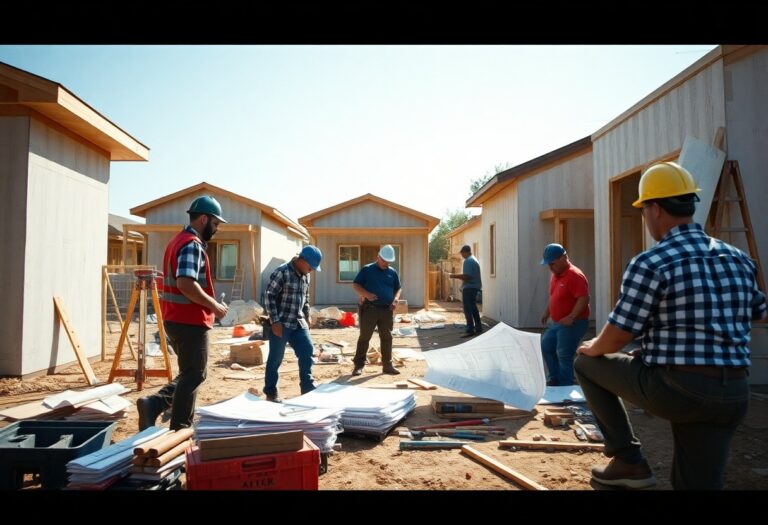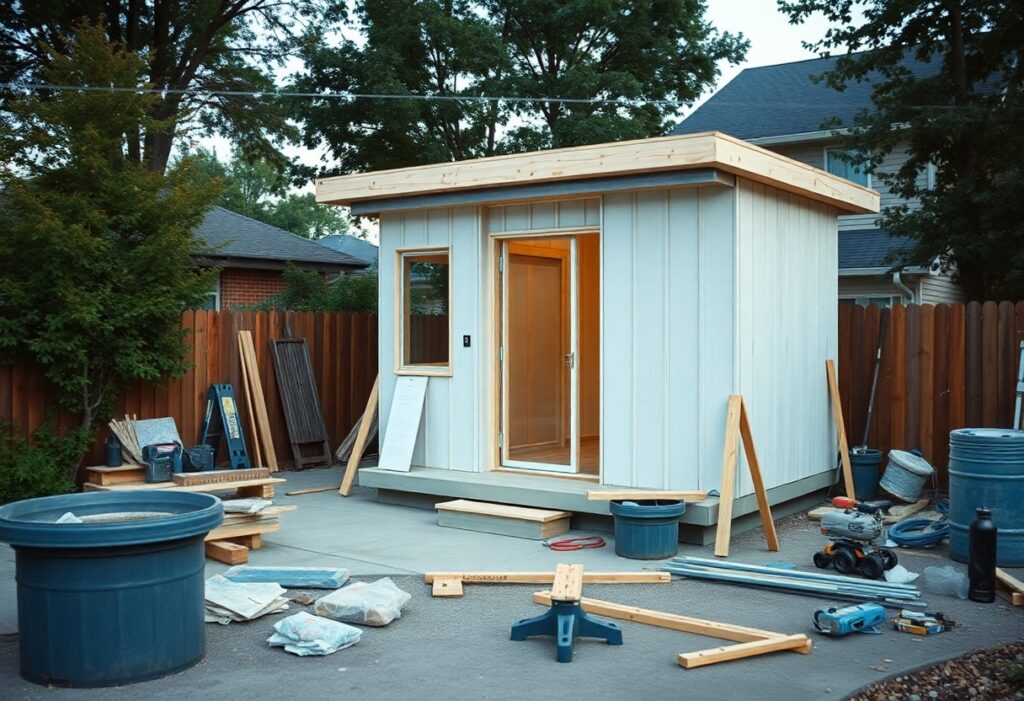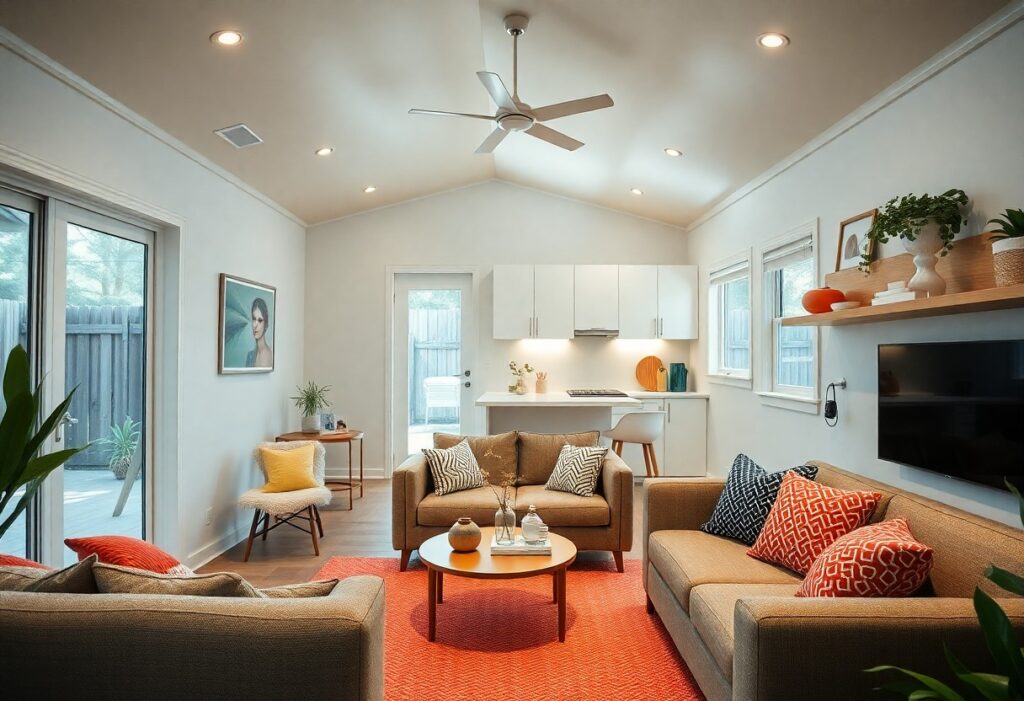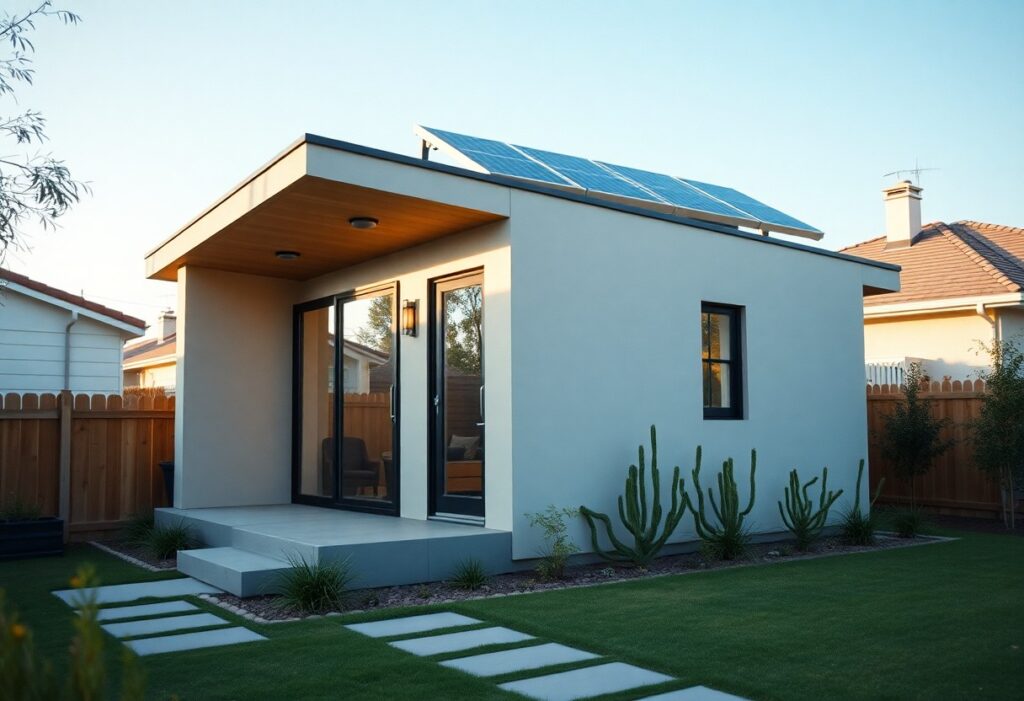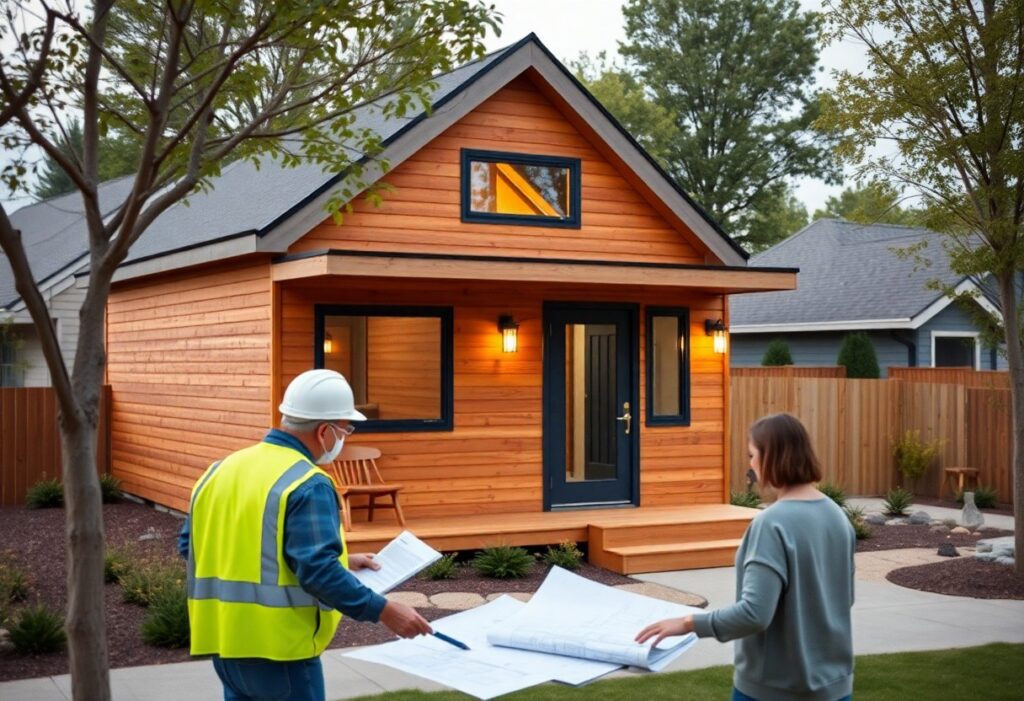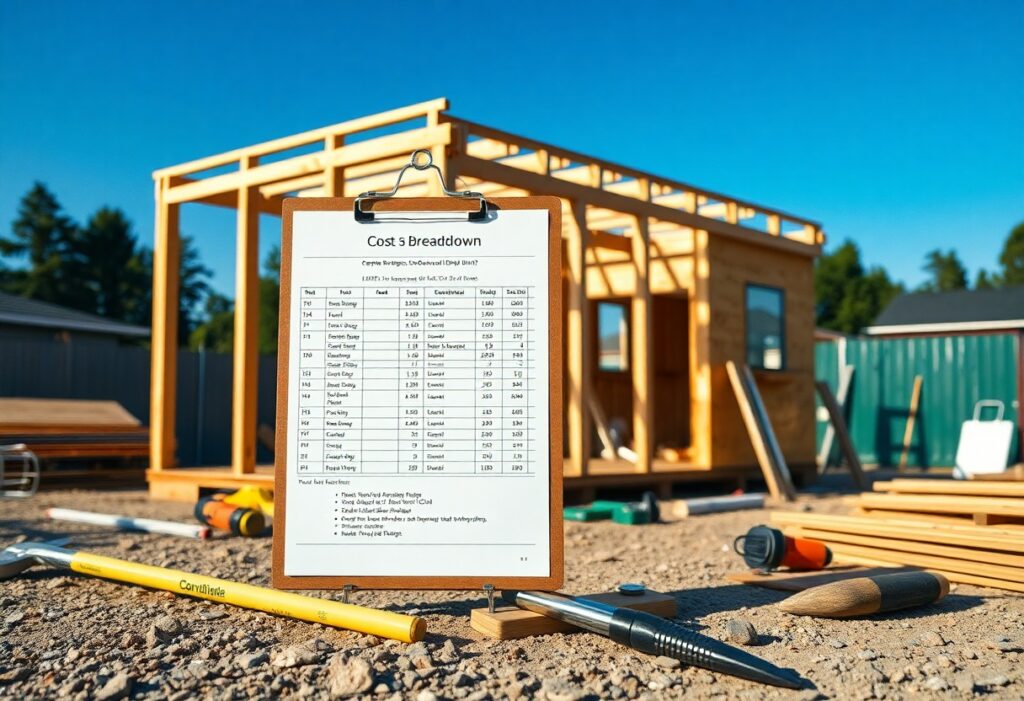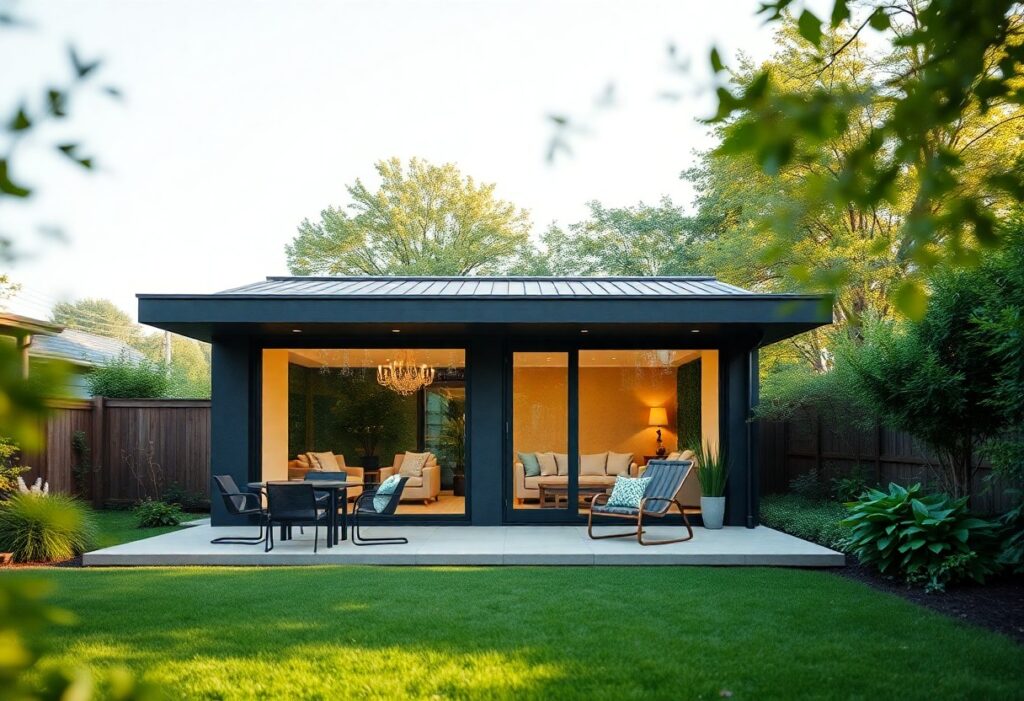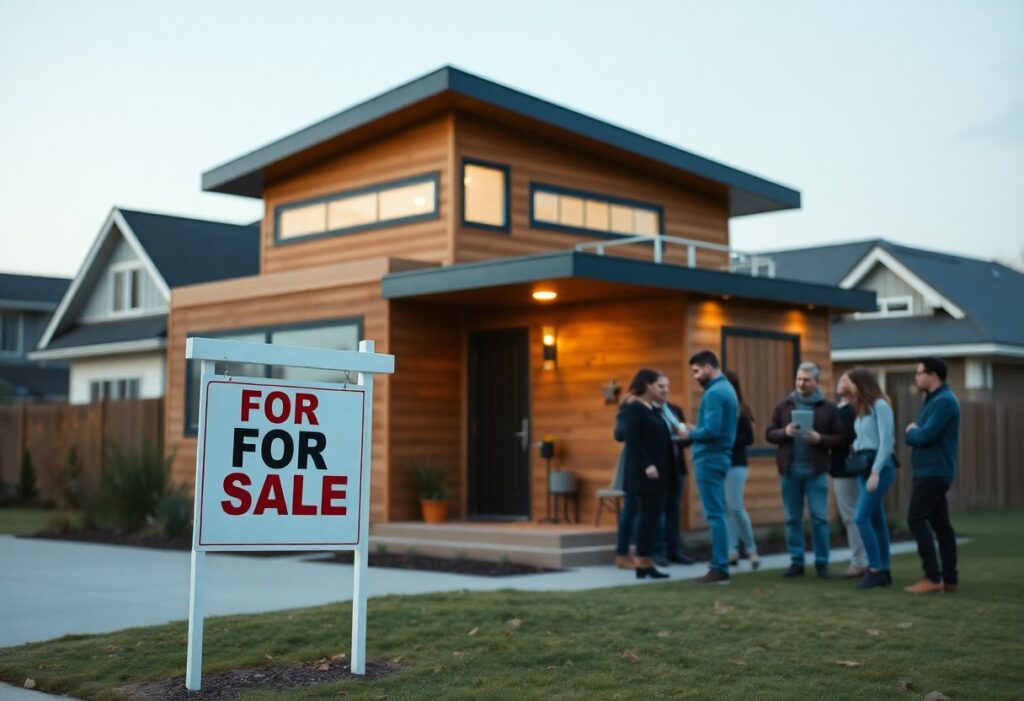California
is at the forefront of the Accessory Dwelling Unit (ADU) movement, providing you with unique opportunities to enhance your property and generate income. In this comprehensive guide, you will discover necessary regulations, financing options, and step-by-step procedures that can make your ADU project successful. Whether you are a seasoned contractor or a first-time builder, this guide will equip you with the knowledge needed to navigate the complexities of ADU construction in California, ensuring that your project aligns with state regulations and local zoning laws.
Key Takeaways:
- Understanding ADUs: Accessory Dwelling Units (ADUs) offer homeowners additional living space and can improve property value.
- Local Regulations: Familiarize yourself with city-specific zoning laws and regulations as they vary across California.
- Design Compliance: Ensure that your ADU design meets state and local building codes, including safety and accessibility standards.
- Financing Options: Explore various financing options available for ADUs, including loans, grants, and potential tax benefits.
- Permitting Process: Navigate through the permitting process efficiently, understanding the timeline and necessary documentation.
- Construction Best Practices: Implement effective construction practices to guarantee quality workmanship and timely project completion.
- Post-Completion Considerations: Consider property management and rental regulations if you plan to rent out the ADU for additional income.
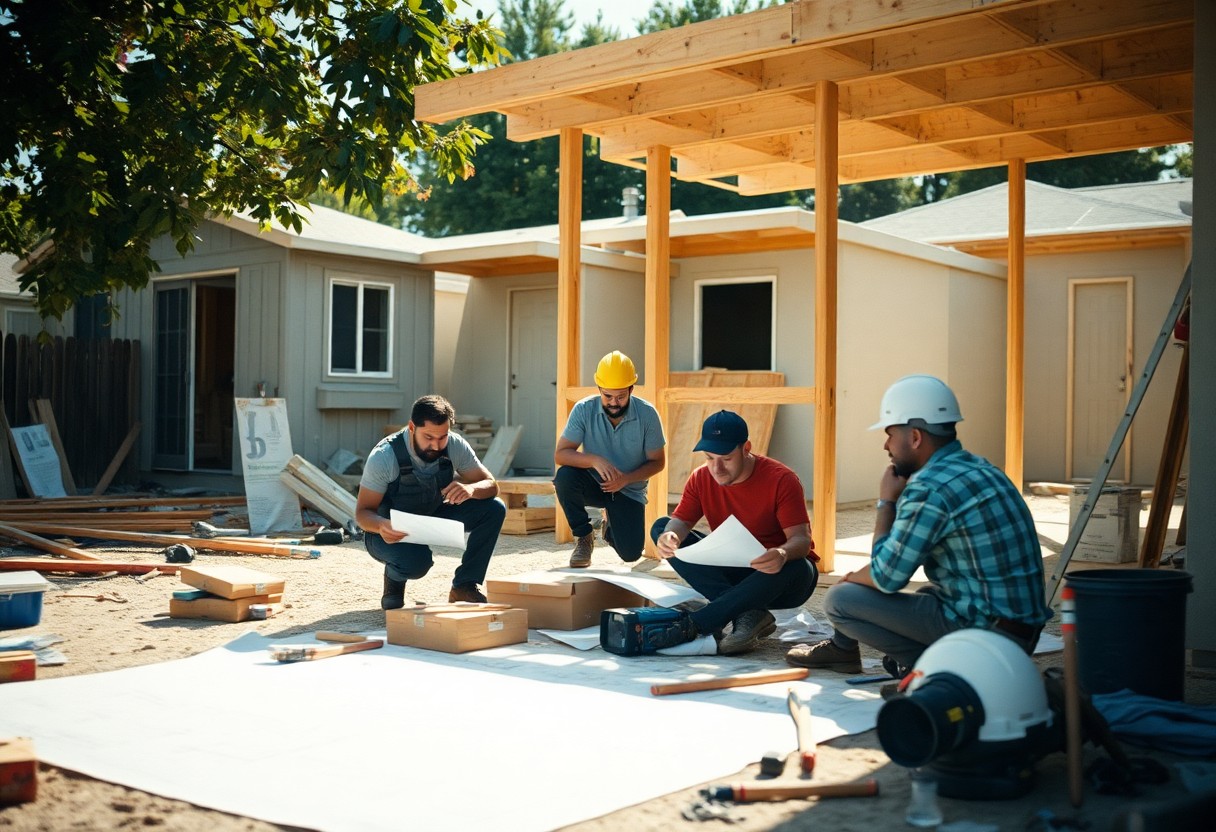
Understanding ADUs
ADUs, or Accessory Dwelling Units, are secondary housing units located on a residential property. They provide homeowners with additional living space and can serve various purposes, such as guest quarters, rental units, or space for family members. As California faces a housing shortage, ADUs offer practical solutions by maximizing existing property use while increasing home value.
Definition and Benefits of ADUs
To fully appreciate the value of ADUs, it’s vital to understand their definition and benefits. They are smaller, self-contained living spaces that can be added to your property, providing flexibility, affordability, and potential rental income. Not only do they contribute to your property value, but they also address California’s housing demands.
Types of ADUs
One effective way to categorize ADUs is by their structure and style. Here are the main types of ADUs you’ll encounter:
| Detached ADUs | Standalone units separate from your main house. |
| Attached ADUs | Units connected to the primary residence. |
| Garage Conversions | Repurposing an existing garage into a living space. |
| Junior ADUs | A smaller unit within a single-family home. |
| Modular ADUs | Pre-fabricated units delivered to your site. |
Further exploration of ADU types reveals various styles tailored to your needs. Factors influencing your choice include local regulations, property layout, and personal preferences for design. Selecting the right type can enhance both functionality and aesthetics while encouraging neighborhood cohesion.
- Detached ADUs
- Attached ADUs
- Garage Conversions
- Junior ADUs
- Modular ADUs
Any choice you make in the ADU construction process should consider your unique requirements and local zoning laws to ensure compliance and maximize utility.
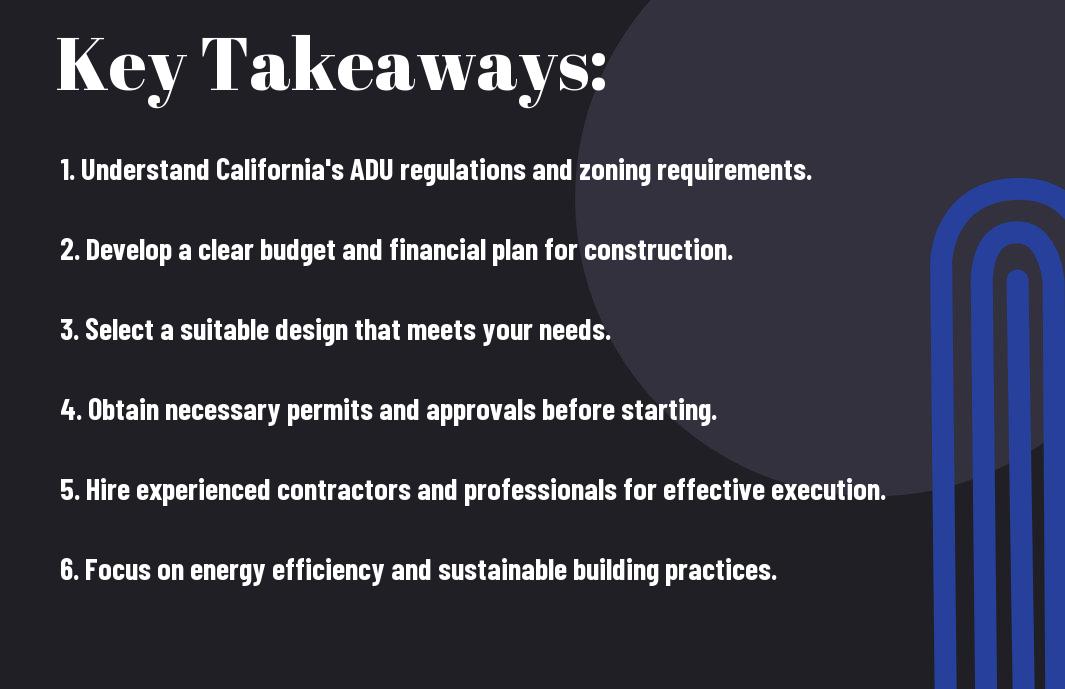
California ADU Regulations
It is crucial to understand the regulations governing ADUs in California to navigate the building process effectively. These regulations encompass both statewide laws and local ordinances, which can vary significantly based on your location. By staying informed about these rules, you can ensure your ADU project complies with the legal requirements and avoids potential setbacks.
Statewide Laws and Policies
To simplify the process of constructing ADUs, California has implemented a series of statewide laws and policies aimed at promoting housing development. These laws streamline approval processes, enhance design flexibility, and set minimum standards for permitting, helping you get your project underway more efficiently.
Local Ordinances and Zoning Laws
Among the most significant factors affecting your ADU project are the local ordinances and zoning laws that vary by city and county. These regulations dictate site-specific requirements such as building height, setback distances, and design elements, which you must comply with to secure necessary permits.
Plus, understanding your area’s specific zoning regulations can help prevent issues down the line. Local governments may impose limitations on ADU size or the number of units allowed on a property. They may also require design review processes, so your project matches the neighborhood aesthetic. Being aware of these local laws is advantageous, as they can impact your project timeline and budget significantly. Always check your local regulations to ensure your ADU complies and moves forward smoothly.
Financing Your ADU Project
For many homeowners, financing an Accessory Dwelling Unit (ADU) project can be daunting. Understanding your options will empower you to take the right steps toward your project. From personal savings to loans and grants, this guide highlights various strategies to manage the financial aspect of building your ADU in California.
Cost Estimates and Budgeting
Behind every successful ADU project is a well-thought-out budget. Start by collecting estimates for construction, permits, utilities, and design fees. Consider potential unexpected costs and plan a buffer in your budget. Having a clear financial plan will ensure that your project stays on track and minimizes financial stress.
Financing Options and Grants
Grants and loans are both viable paths to fund your ADU construction. Local governments and organizations may provide grants specifically aimed at affordable housing projects, reducing your financial burden. Additionally, options like home equity loans or personal loans can offer the necessary funds.
Financing your ADU involves exploring various options, including home equity lines of credit (HELOC), community development grants, and state-sponsored loan programs. Research available grants which can provide significant financial relief, particularly for low-income or first-time homeowners. Always evaluate the terms associated with loans; ensure they align with your long-term financial plans to avoid falling into debt.
Designing Your ADU
Your ADU design should reflect your unique needs and lifestyle while maximizing available space. Consider how you will use each area in the unit, whether it’s for guests, rental income, or personal use. Ensure that the design integrates well with your existing property and complies with local regulations to create a harmonious living environment.
Space Planning and Layout
Space is a vital consideration for your ADU layout. Focus on creating an efficient flow between rooms, utilizing multifunctional furniture, and strategically placing windows for natural light. Prioritize storage solutions to maintain a tidy and organized space, making the most out of every square foot.
Sustainable and Efficient Design Practices
Planning sustainable design practices is necessary for creating an energy-efficient ADU. Choose materials that are both environmentally friendly and durable, and incorporate aspects like solar panels, rainwater harvesting systems, and efficient insulation. Such features not only reduce your carbon footprint but can also lead to significant long-term cost savings.
Consequently, embracing sustainable design practices enhances the longevity of your ADU and reduces environmental impact. Utilize energy-efficient appliances and LED lighting to further decrease energy consumption. By integrating smart home technology, you can monitor and control energy usage efficiently. These choices create a living space that is not only modern and functional but also contributes positively to the environment while saving you money in utility costs.
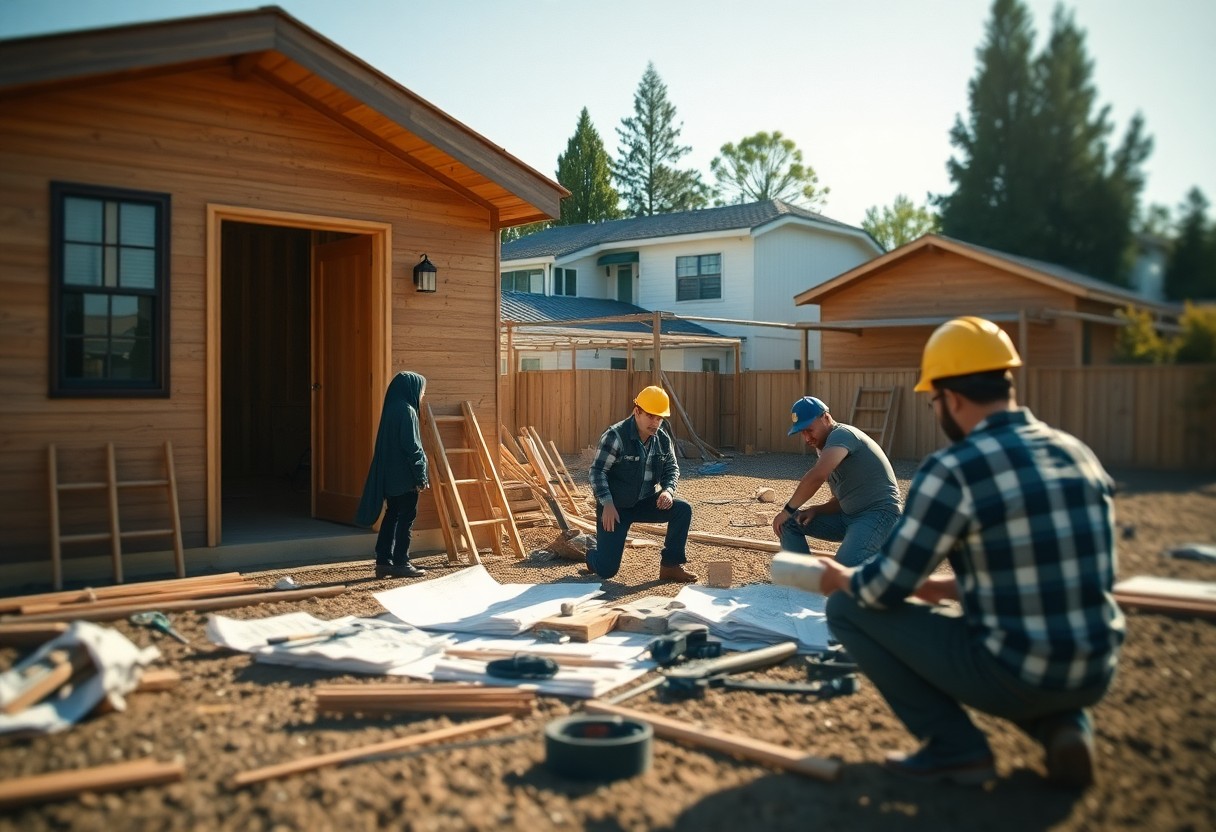
The Building Process
Despite the complexities involved, the building process for ADUs in California can be streamlined with adequate preparation. You’ll need to carefully navigate project timelines, manage your budget, and ensure compliance with local regulations to create a successful and efficient building experience. Effective planning will help minimize surprises and keep your project on track.
Permitting and Approvals
Process your permits and approvals is a significant step in the ADU building journey. You must submit detailed plans, including site assessments and construction methods, to your local planning department. Delays or denials can arise from incomplete applications, so ensure all documentation is accurate and comprehensive to facilitate a smoother process.
Hiring Contractors and Building Teams
Hiring the right team to execute your vision is vital in the ADU building process. You need to thoroughly vet contractors by checking credentials, past work, and client feedback. Choosing the wrong contractor can lead to budget overruns, safety issues, and longer completion times. By investing time upfront to find skilled professionals, you can avoid potential pitfalls and ensure your project runs smoothly.
Approvals from contractors and building teams often hinge on their ability to effectively communicate and understand your specific requirements. It’s vital to establish clear expectations regarding timelines, costs, and design choices to foster a collaborative relationship. Consider acquiring multiple bids to compare services and discover the best fit for your project’s needs while ensuring they adhere to your vision for the space.
Post-Construction Considerations
Now that your ADU is completed, you must address several post-construction considerations. These include securing final inspections, ensuring compliance with local regulations, and preparing for renting or selling your ADU. Properly navigating these steps is imperative for maximizing the potential of your investment. For more detailed instructions, check out The Ultimate Guide for ADU Builders in California: Step-by- ….
Inspections and Compliance
Below, you’ll need to coordinate a series of inspections post-construction to ensure your ADU meets all local standards. This often includes electrical, plumbing, and building inspections. Compliance with your city or county’s regulations is imperative to avoid fines and ensure the safety of your tenants or buyers.
Renting or Selling Your ADU
For many homeowners, the path following construction involves either renting out or selling your ADU. This decision can influence your financial future significantly. Evaluate local market trends to determine which option would benefit you more and consider the demand for rental properties in your area.
Hence, if you choose to rent your ADU, you can generate a steady income while increasing the value of your property over time. Should you opt to sell, your ADU may substantially enhance your home’s overall market value, attracting potential buyers who value additional living space. Carefully consider local rental laws to avoid any issues, as compliance is imperative to maintaining a positive investment experience.
Final Words
Drawing together the insights and steps outlined in this guide, you now have a comprehensive roadmap for navigating the ADU building process in California. With a focus on local regulations, design considerations, and financing options, you can confidently move forward with your project. By following the steps provided, you can ensure that your ADU not only meets your needs but also contributes positively to your property’s value and your community’s growth. Embrace this opportunity, and let your vision come to life.
FAQ
Q: What is an ADU and why is it important in California?
A: An ADU, or Accessory Dwelling Unit, is a secondary housing unit that can be attached or detached from a primary residence. In California, ADUs are important because they provide additional housing options amidst a growing population and housing shortage. They can serve as rental units, guest accommodations, or spaces for family members.
Q: What are the basic requirements to build an ADU in California?
A: The basic requirements to build an ADU in California generally include adhering to local zoning laws, building codes, and having sufficient lot size. The unit must have its own entrance, and there are guidelines regarding height, setbacks, and lot coverage that must be followed as per local regulations.
Q: How do I start the process of building an ADU?
A: To start the process of building an ADU, you should first research local regulations and guidelines in your area. Once you have a clear understanding of the zoning laws, you can consult with an architect or designer to create plans for your ADU. Following this, you’ll need to apply for the necessary permits from your local planning department.
Q: What kind of financing options are available for building an ADU?
A: There are several financing options available for building an ADU, including conventional mortgages, home equity loans, and specific ADU financing programs. Additionally, some state and local programs offer grants or low-interest loans to homeowners who build ADUs, aimed at increasing affordable housing options.
Q: Are there any incentives or benefits for building an ADU in California?
A: Yes, California offers several incentives for building ADUs. These may include streamlined approval processes, reduced fees in certain jurisdictions, and potential property tax benefits. Homeowners may also take advantage of rental income opportunities, providing financial relief while contributing to local housing solutions.
Q: How long does it typically take to complete the ADU construction process?
A: The timeline for constructing an ADU can vary significantly based on factors such as design complexity, permitting processes, and contractor availability. On average, it can take anywhere from a few months to over a year from planning to completion. Planning ahead can help streamline the process and mitigate delays.
Q: What are some common mistakes to avoid when building an ADU?
A: Common mistakes to avoid when building an ADU include skimping on research regarding local regulations, underestimating the budget, and overlooking long-term maintenance needs. It is also important to ensure that construction plans are realistic and comply with all necessary building codes to avoid penalties or rework.

